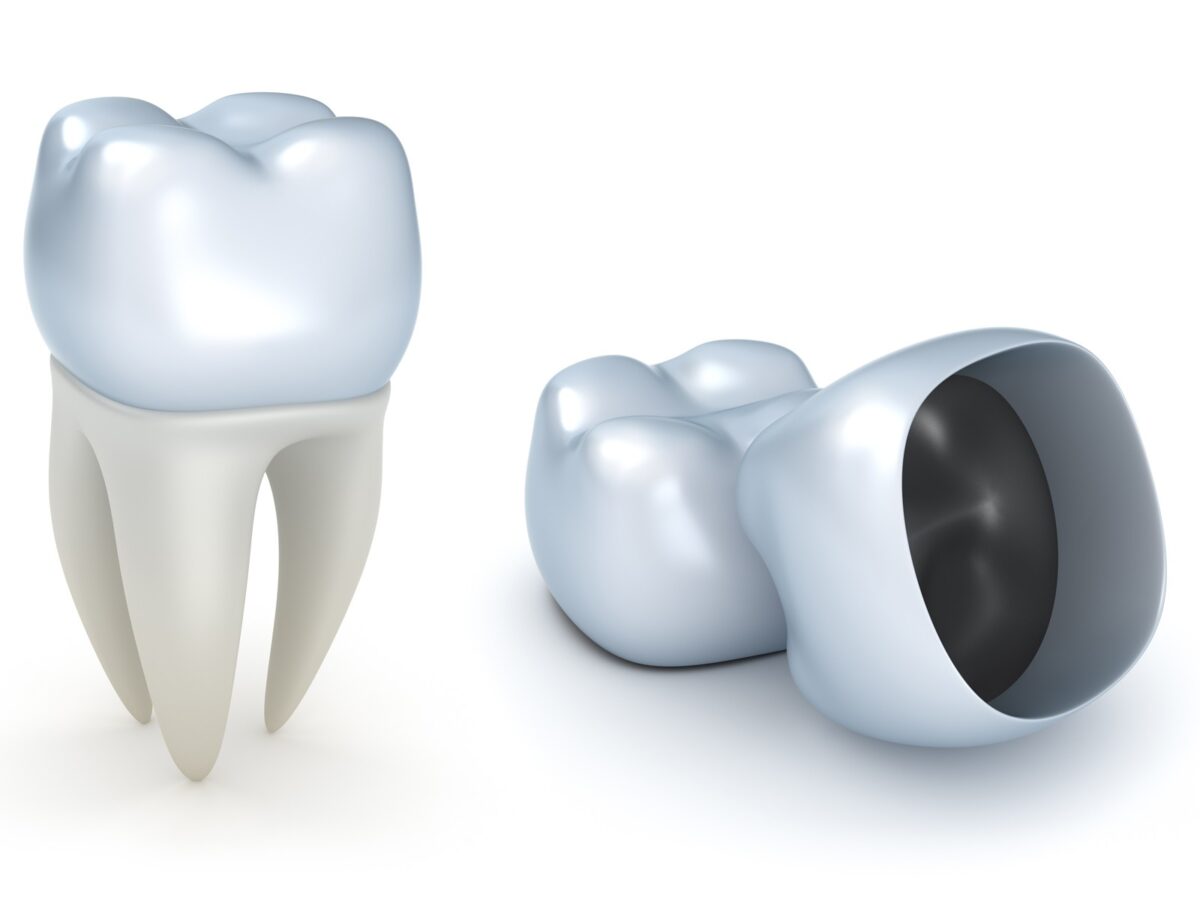Blog
Dental hygiene tips for healthy teeth & gums

Can Dental Crown get Cavities?
A dental crown functions to rebuild a tooth that has been severely broken. A crown is designed like a cap that fits snugly over the tooth structure. Its composition includes a gold alloy, dental ceramic (porcelain) or a blend of both.
Crowns are customized to match the shape of a tooth. Once the crown is attached to the tooth, it gets fitted permanently. Crowns not only perform great at protecting the damaged teeth but also can be used to improve appearance. But, the next question is: Can you still get cavities in crowns? Most of you will say “NO” because we all believe that a crown is designed of a synthetic material that won’t wear away. However, the fact is that you certainly get a cavity in the tooth to which a crown is attached.
What causes decay under the crown?
Plaque is the major reason that usually forms decay at the gum line. This area is the junction where tooth and crown meet. It is also known as the margin. If plaque is formed at the margin and not removed, a new cavity will eventually form and your crown will have to be replaced. This is the reason it is important to maintain proper oral hygiene to remove plaque from teeth and crown.
How to detect tooth decay under a crown?
A dental crown protects an underlying tooth. There are many people who resume their eating and hygiene habits once the crown is placed accurately. However, it is important to take care because the tooth beneath the crown can still be damaged by cavities. So, it is required to keep your oral health maintained by regularly attending a dentist for cleaning or checkup.
What steps you should take to maintain crown?
For maintaining the oral health and durability of your crown, it is important to floss and brush on a regular basis. It removes plaque around the tooth and reduces chances of decay. Early detection via regular visits in 3-6 months is important. With the help of a dental examination, your dentist will be able to diagnose any new signs of cavities. Regular dental examination eliminates the chances of damage that might happen to tooth under the crown.
X-ray is one of the prevalent techniques used by our dentists to analyze the margin between teeth that is invisible via a naked eye.
Book Appointment to find out which treatment might be best for you.


